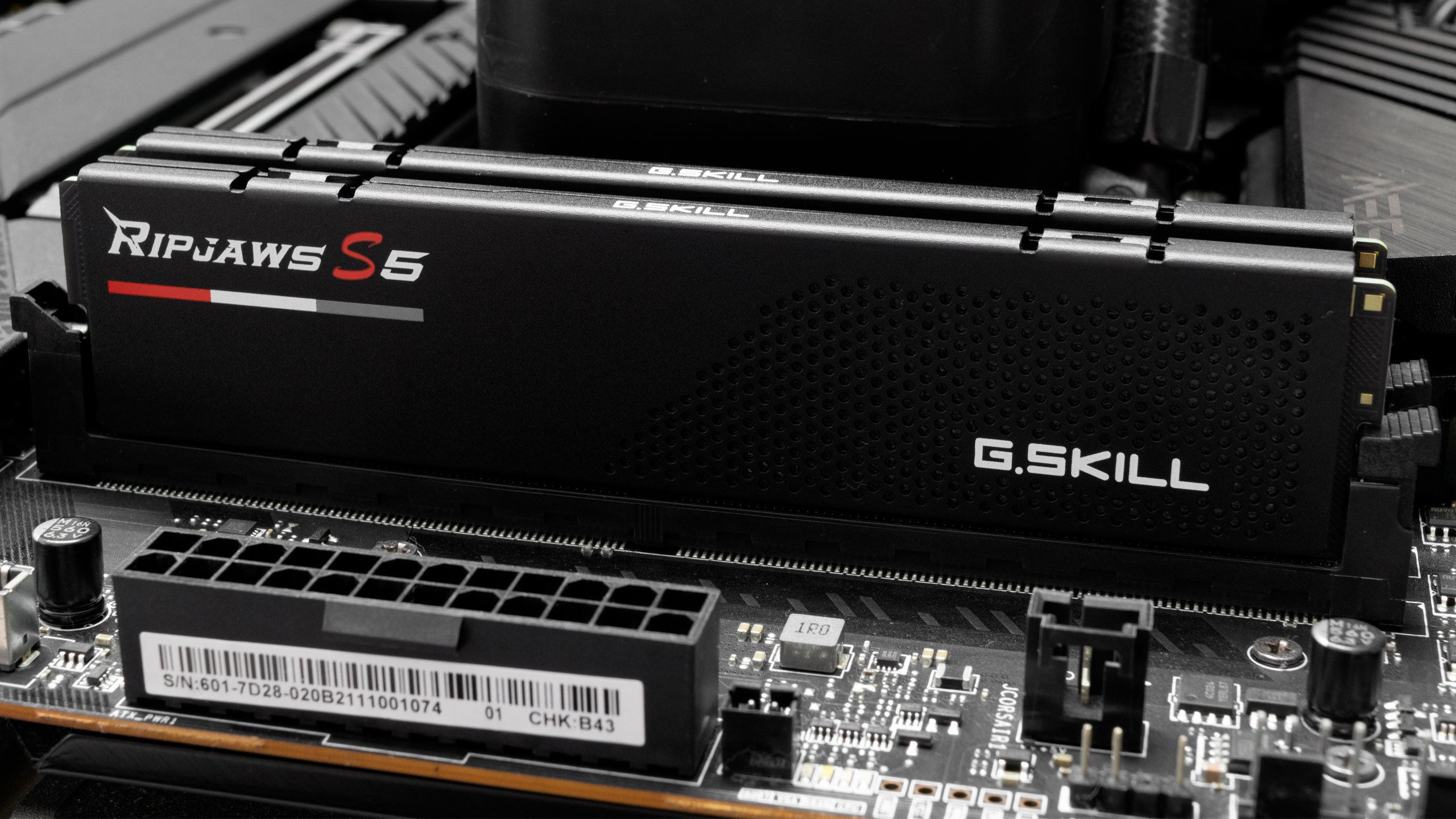Asus, MSI, other manufacturers panic-buying RAM stocks, while major memory chipmakers rake in profits — massive demand for HBM and RDIMM for data centers driving shortage

Major PC brands, system integrators, and memory makers are now panic-buying memory chips and modules as the DRAM and NAND chip shortage is taking hold. According to DigiTimes, numerous companies are in a race to build up their stocks as data centers are swallowing up supply, leaving the consumer industry scrambling to get memory modules. Asus said that its memory inventory for production and those that are already in finished products sit at two months, which should be enough for the remainder of 2025. However, unless the situation changes, the company will start feeling the pinch of the shortage by 2026, requiring it to adjust its prices accordingly.
While most large companies like Asus and MSI typically have contracts with memory chip manufacturers, reports say that they’re also now purchasing a lot of inventory in the spot market, where prices are more volatile, presumably to shore up their supply. This is a major change and could be a sign of things to come, as it usually only hosts low-volume purchases from smaller companies or when a major institution needs to acquire more memory modules due to unforeseen demand. These actions in the spot market are increasing pricing pressure, and it’s already being felt by retail customers.
RAM prices have jumped by 100% or more recently, and we’ve even heard reports of some Japanese shops limiting sales volume per customer because of limited deliveries, with some products remaining out of stock from distributors. Even memory kit makers are reportedly delaying the launch of new models due to the memory supply crunch, with products scheduled for launch in the last quarter of 2025 being moved to 2026.
The global infrastructure build-out of AI data centers is driving the massive demand for HBM and RDIMM, pushing out the supply for consumer memory and causing a “pricing apocalypse” that could last a decade. With companies investing billions of dollars in hardware, memory chipmakers are converting existing DRAM lines to take advantage of this lucrative market. Most major memory chip manufacturers have reported record earnings for the 3Q25, with upstream firms also reaping benefits from the massive jump in demand.
Unfortunately, they’re also wary of market volatility, especially with some experts saying that we’re in an AI bubble that can burst anytime. Because of this, most of them aren’t willing to invest billions of dollars in additional facilities to increase RAM production. But even if they start construction on new chip fabs right now, it will take several months, if not years, for them to begin operating, and churning out the memory chips we sorely need.

Follow Tom's Hardware on Google News, or add us as a preferred source, to get our latest news, analysis, & reviews in your feeds.
Get Tom's Hardware's best news and in-depth reviews, straight to your inbox.

Jowi Morales is a tech enthusiast with years of experience working in the industry. He’s been writing with several tech publications since 2021, where he’s been interested in tech hardware and consumer electronics.
-
TechieTwo Never waste an opportunity to exploit consumers and line your pockets with gold... :(Reply -
HubersPaul15 Reply
The memory industry has boom and bust cycles all the time. They make a lot of money for a few years and then don’t make much or a lot of times loose moment for a few years. They just came out of a bust cycle and unfortunately AI is what is really causing it to be so bad this time. Micron has more fabs being built that they started years ago but they won’t be ready till 2028. They can’t just turn on the tap and pump more chips out cause prices go up. Capacity limits do exist. Also at the end of the day this is economics 101 supply and demand.TechieTwo said:Never waste an opportunity to exploit consumers and line your pockets with gold... :(